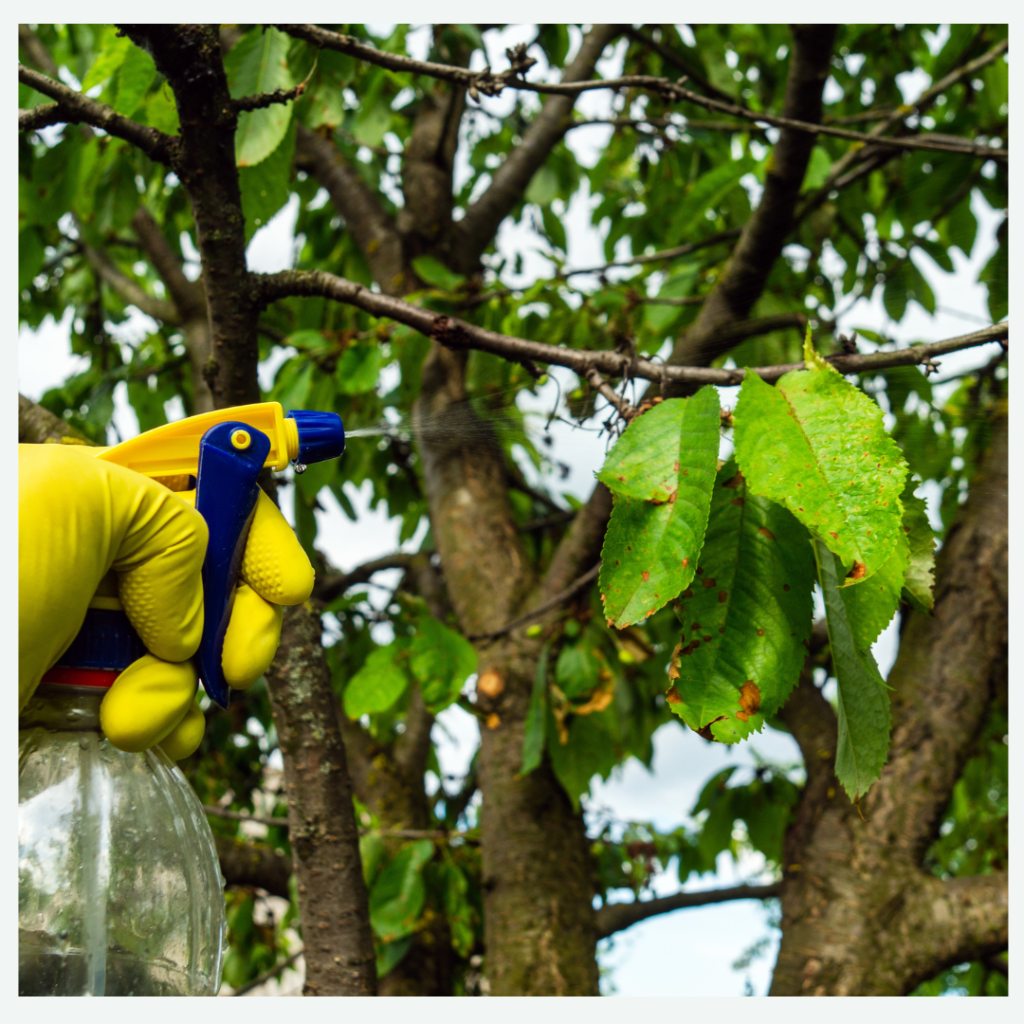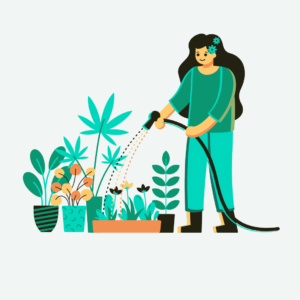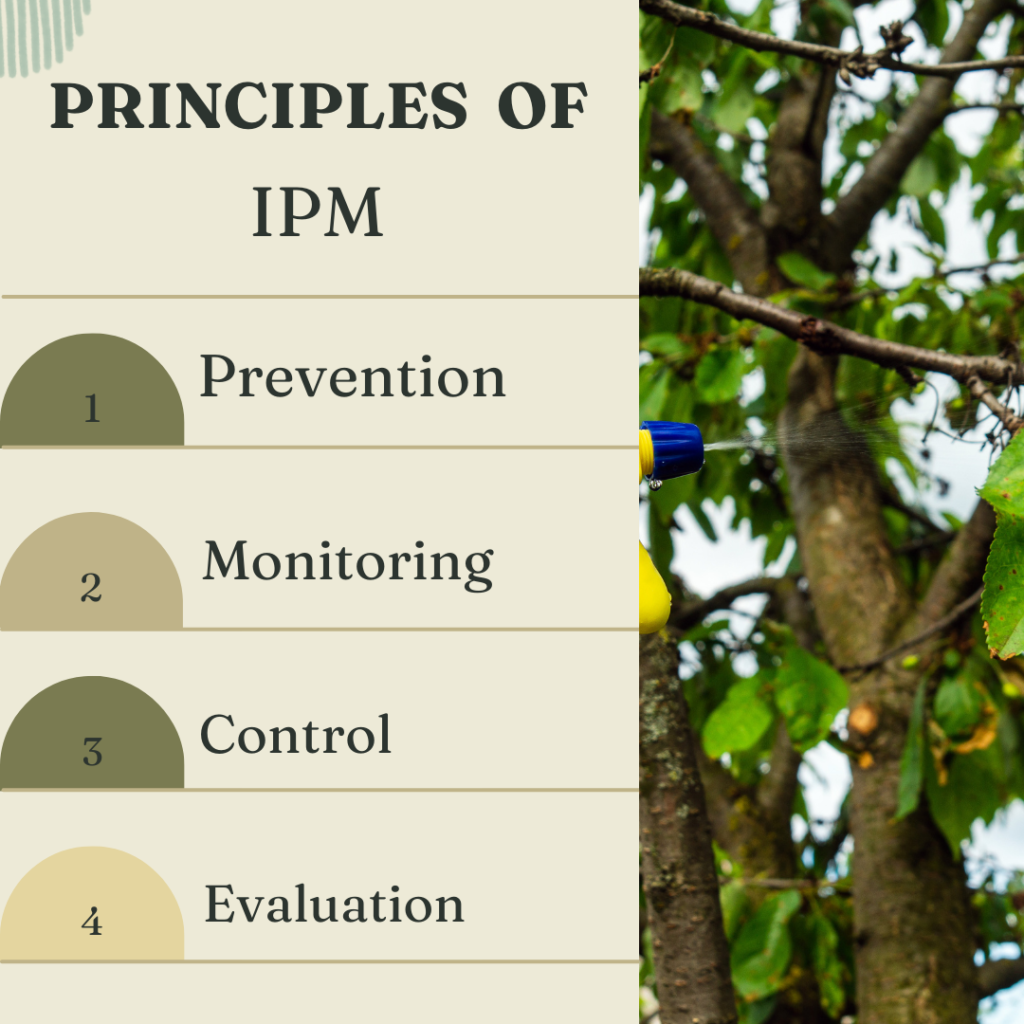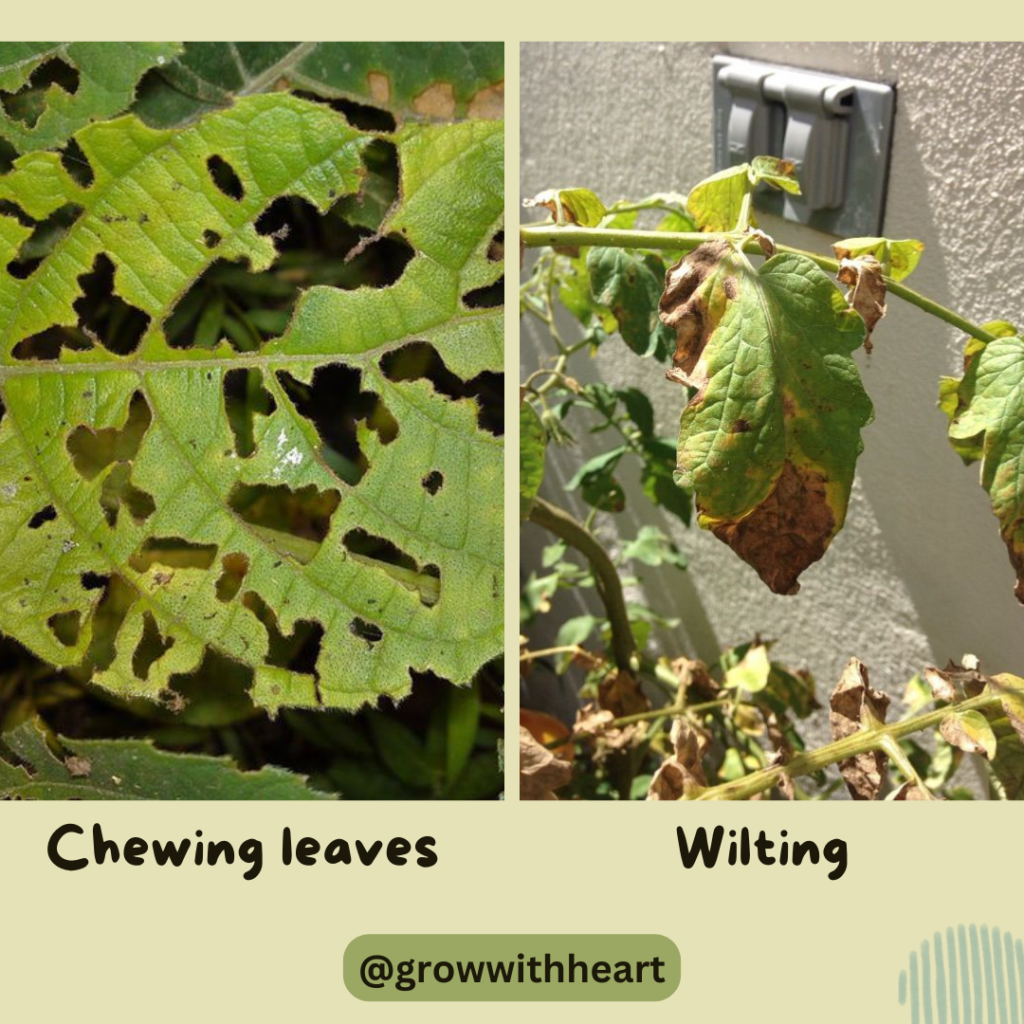Table of Contents
ToggleI-Integrated Pest Management
Introduction:
Integrated Pest Management (IPM) is a comprehensive and sustainable approach to managing pests that integrates various strategies to minimize their impact on crops, ecosystems, and human health.
Unlike traditional pest control methods that rely heavily on chemical pesticides, IPM emphasizes the use of multiple techniques tailored to specific pest problems.

At its core, IPM is guided by the principle of prevention. By identifying and addressing conditions that contribute to pest outbreaks, such as poor sanitation or lack of crop diversity, growers can reduce the likelihood of infestations occurring in the first place.
This proactive approach not only helps to preserve natural ecosystems but also minimizes the need for reactive pest control measures.
Central to the concept of IPM is the idea of monitoring. Regularly assessing pest populations and their impact on crops allows growers to make informed decisions about when and how to intervene.
By employing a combination of techniques, including biological, cultural, mechanical, and chemical controls, farmers can effectively manage pests while minimizing risks to the environment and human health.
One of the key benefits of IPM is its ability to promote long-term sustainability.
By reducing reliance on chemical pesticides, IPM helps to preserve beneficial insects, soil health, and water quality.
Furthermore, by taking into account the ecological interactions between pests, crops, and their environment, IPM fosters resilient agroecosystems capable of withstanding pest pressures over time.
Integrated Pest Management represents a shift towards more holistic and environmentally friendly approaches to pest control.
By combining prevention, monitoring, and a range of control tactics, IPM offers a pathway toward sustainable agriculture that balances the needs of farmers, consumers, and the environment.
Need for IPM?
Understanding the need for Integrated Pest Management (IPM) stems from recognizing the limitations and drawbacks of conventional pest control methods.

Traditional approaches to pest management often rely heavily on chemical pesticides, which can lead to a range of negative consequences for both the environment and human health.
One of the primary concerns driving the need for IPM is the issue of pesticide resistance. Over time, repeated use of the same chemicals can lead to the development of resistance in pest populations, rendering the pesticides less effective.
This phenomenon not only undermines the efficacy of pest control efforts but also necessitates the use of increasingly toxic chemicals to achieve the same level of control.
IPM offers a more sustainable and environmentally friendly approach to pest management.

By integrating multiple strategies, including biological, cultural, mechanical, and chemical controls, IPM aims to minimize reliance on chemical pesticides while effectively managing pest populations.
By adopting IPM principles, growers can reduce the risks associated with pesticide use, protect beneficial organisms, and promote the long-term health of agroecosystems.
Principles of IPM:
The principles of Integrated Pest Management (IPM) are founded on four key pillars: Prevention, Monitoring, Control, and Evaluation.

Prevention:
Prevention lies at the heart of IPM.
It involves proactively minimizing conditions that favor pest infestations.
This can include implementing practices such as crop rotation, maintaining proper sanitation, and selecting pest-resistant crop varieties.
By addressing underlying factors that contribute to pest outbreaks, growers can reduce the need for reactive pest control measures.
Monitoring:
Monitoring is essential for early detection of pest populations and assessing their impact on crops.
Regular observation and data collection allows growers to track pest trends, identify potential problems before they escalate, and make informed decisions about intervention strategies.
Use various methods such as visual inspections, traps, and digital technologies for monitoring.
Control:
Control tactics within IPM encompass a range of methods tailored to specific pest situations.
- Employ a range of tactics tailored to specific pest situations.
- Biological control: Utilize natural enemies of pests to suppress populations.
- Cultural control: Modify agricultural practices to deter pests.
- Mechanical control: Use physical barriers, traps, or manual removal methods.
Evaluation:
Evaluation involves assessing the effectiveness of IPM strategies and making adjustments as needed.
- Assess the effectiveness of IPM strategies regularly.
- Make adjustments based on outcomes and changing pest pressures or environmental conditions.
- Ensure continuous improvement and adaptation of pest management approaches.
By regularly evaluating outcomes and monitoring trends, growers can refine their pest management approaches over time.
This may involve experimenting with new control tactics, optimizing the timing of interventions, or adapting strategies in response to changing pest pressures or environmental conditions.
Continuous evaluation ensures that IPM remains adaptive and responsive to evolving pest management challenges.
By embracing these principles, you can develop comprehensive and sustainable pest management strategies that promote crop health, environmental stewardship, and long-term agricultural viability.
what are its benefits?
The benefits of Integrated Pest Management (IPM) are numerous and encompass environmental, economic, and social aspects:
- Reduced Environmental Impact
- Minimizes reliance on chemical pesticides, reducing pollution and minimizing harm to non-target organisms.
- Preserves beneficial insects, soil health, and water quality.
- Promotes biodiversity by maintaining ecological balance within agricultural ecosystems.
- Sustainable Agriculture
 :
:
- Supports long-term agricultural viability by fostering resilient agroecosystems.
- Reduces pesticide resistance development, prolonging the effectiveness of pest control measures.
- Enhances soil fertility and ecosystem services, contributing to soil health and overall ecosystem resilience.
- Improved Crop Quality and Yield:
- Enhances crop health and productivity by effectively managing pest populations.
- Reduces crop losses due to pest damage, resulting in higher yields and improved economic returns for growers.
- Enhances food safety by minimizing pesticide residues on agricultural products.
- Cost Savings:

- Reduces input costs associated with pesticide purchases and applications.
- Decreases the need for frequent pesticide applications, lowering labor and equipment costs.
- Provides long-term economic benefits through sustainable pest management practices.
- Human Health Benefits:

- Reduces risks of pesticide exposure for farmers, farmworkers, and consumers.
- Protects public health by minimizing pesticide residues in food and water sources.
- Improves overall well-being by promoting healthier agricultural practices and environments.
- Community and Social Impact:

- Supports vibrant rural communities by promoting sustainable farming practices.
- Enhances community resilience by reducing dependence on chemical pesticides and fostering local ecosystem health.
- Promotes knowledge sharing and collaboration among farmers, researchers, and extension agents, strengthening agricultural communities and networks.
Overall, IPM offers a holistic and environmentally friendly approach to pest management that balances the needs of agriculture, the environment, and society.
By integrating multiple strategies and principles, IPM contributes to sustainable food production, environmental conservation, and human well-being.
How to implement IPM in your garden?
Implementing Integrated Pest Management (IPM) principles in your garden can significantly enhance plant health and reduce the reliance on chemical pesticides, fostering a more sustainable and eco-friendly gardening environment.
Here are some steps to effectively implement IPM in your garden:
Identify Pest Problems:
The first step in implementing IPM is to identify potential pest problems by regularly inspecting your garden for signs of damage, such as chewed leaves or wilting plants.

By staying vigilant and recognizing common garden pests and their life cycles, you can anticipate and address potential infestations before they become severe.
Monitor Pest Populations:
Monitoring pest populations is another crucial aspect of IPM implementation.
By keeping detailed records of pest activity, you can better understand pest dynamics in your garden and make informed decisions about pest management strategies.
Promote plant health:

Promoting plant health is fundamental to effective pest management in IPM.
Choosing pest-resistant plant varieties that are well-suited to your local climate and soil conditions can help reduce susceptibility to pests.
Additionally, maintaining optimal soil fertility and moisture levels supports healthy plant growth and resilience to pest attacks.
Practicing good garden hygiene by removing weeds, and dead plant material also helps eliminate potential pest habitats and breeding grounds.
Implement Cultural Controls:
Implementing cultural controls involves adopting practices that disrupt pest life cycles and minimize pest pressure.
Rotating crops annually can help break pest cycles and prevent the buildup of pest populations in the soil.
Companion planting, where certain plants are grown together to deter pests or attract beneficial insects, can also be beneficial.
Optimizing planting density and spacing helps reduce pest access to vulnerable plants and promotes overall garden health.
By implementing these IPM practices in your garden, you can maintain healthy plants, reduce pest damage, and minimize environmental impacts, creating a more sustainable and enjoyable gardening experience.
Conclusion:
In conclusion, Integrated Pest Management (IPM) represents a holistic and sustainable approach to pest management that offers numerous benefits for gardeners, the environment, and society as a whole.
By integrating principles of prevention, monitoring, control, and evaluation, IPM enables gardeners to effectively manage pest populations while minimizing reliance on chemical pesticides.
Through the promotion of plant health, implementation of cultural and biological controls, and judicious use of chemical controls as a last resort, IPM fosters resilient and thriving gardens while preserving biodiversity and ecosystem balance.

Pingback: The joy of growing herbs: homegrown happiness -
Pingback: 10 organic gardening principles you must know! -
Pingback: 6 Ways to choose the right location for your kitchen garden -
Pingback: How to Protect Your Vertical Garden from Pests Naturally🪰
Pingback: 10 Easy Sustainable Agriculture Practices to Implement Today -
Pingback: Organic Pest Control: Natural Solutions for Common Problems!